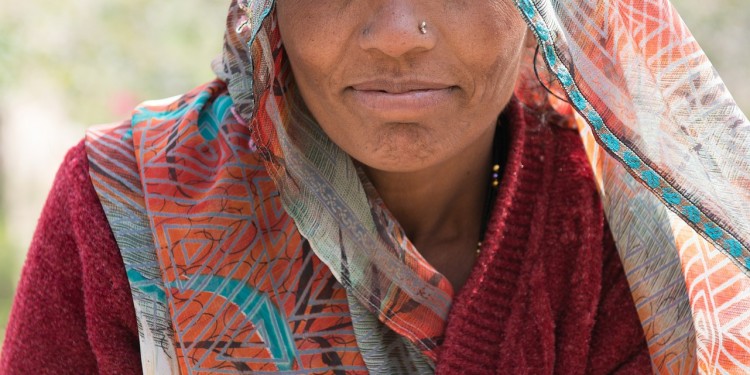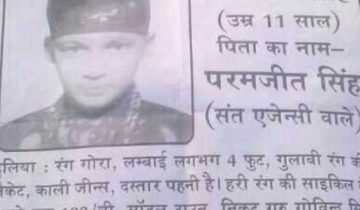Each One, Reach One: Campaign to End FGM

What is FGM?
FGM, female genital mutilation, has an extensive history in India and women have been on a continuous fight to stop the cruel act. Forward UK defines it as, “all procedures that involve partial or total removal of the external female genitalia, or other injury to the female genital organs for non-medical reasons.” There are several different types of genital mutilation termed clitoridectomy, excision, infibulation, and many more. Without going in to too much detail, they all generally involve partially or completely removing a part of female genitals to prevent sexual pleasure. India is not the country where it exists, and it is prevalent in areas all around the world such as Egypt, Iraq, Uganda, and Ghana. To make matters worse, it has recently been discovered that the number of victims is seventy million higher than we thought. In an article published by the Guardian, UNICEF statistics reveal that half of these women currently live in only three countries. Even though India is not listed in the top three, it is still a persisting issue in the country.
Each One, Reach One
For the first time in history, on February 6, India will experience an event like no other. A group of women have decided that since February 6 is UN’s International Day of Zero Tolerance to FGM, they will begin their next step of the campaign. A petition that started in December, know has approximately 45,000 signatures. They will now launch, “Each One, Reach One,” where one woman will speak to at least one man and one woman about their experiences with FGM. This is a wonderful campaign that effectively raises awareness. Women who have witnessed FGM felt as if their thoughts should be suppressed, since it isn’t something anyone has ever openly talked about. Demonstrating to society that it is important to break this hurtful silence is vital in producing a discontinuation of the practice.
The Future
Campaigns similar to Each One, Reach One will hopefully inspire the several thousand other women who have suffered from FGM and haven’t had the opportunity to speak up about it. The campaign has already inspired more than a handful of women. A perfect example is a blog, Break the Silence, that credits the woman who wrote about FGB amongst Bohras. The blogger included the letter that the woman sent to a chairperson of Tostan in Sengal openly discussing her experiences with FGM. The letter states, “I regret also, dear Molly that I cannot reveal my name to you, as I am not certain of the best way to help put an end to this practice that still persists on a large scale in the Dawoodi Bohra community of India. However, your explanation of how people themselves changed this social convention in Africa through discussing non judgmental information on the dangers and human rights violations of FGC, then allowing people to collectively abandon the practice, seems the best way forward.” An enormous part of the country isn’t even aware of how often FGM occurs. The only way to help society escape from this practice is raising awareness amongst people.
Two hundred million women are estimated to have experienced FGM, but these handfuls of women will cause an enormous change in the world and hopefully reduce that number drastically.
[Image Attribute: isowan990]




